
5 Natural Methods for Eco-Safe Pest and Weed Control
By Kaw Valley Greenhouses, Inc.
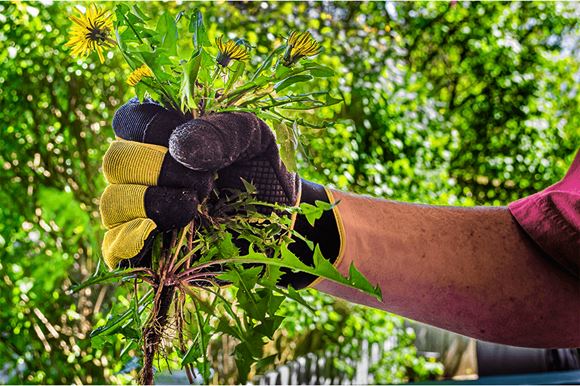
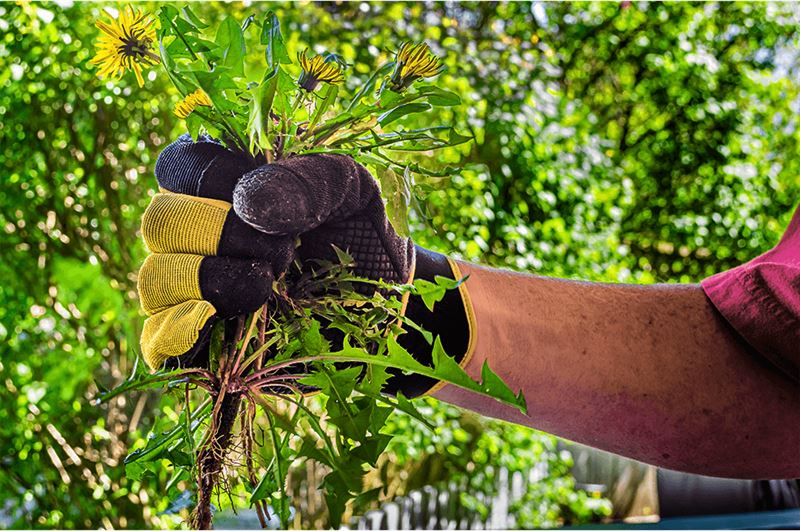 No matter how much of a super gardener you may be, there is always the inevitable plague of pests and weeds to contend with. However, many chemical-based weed killers are harmful to the environment, pets, and children and may result in environmental damage if used improperly. The growing focus on sustainability has many gardeners asking what can be used as a safer, more environmentally friendly alternative. The best way to get rid of weeds is to remove them before they are able to set out more seeds. Typically doing this naturally has meant hand pulling or hoeing, but this can be time-consuming. Luckily, we have some alternatives to harsh chemicals and tiring efforts—and the best part is that most of these solutions can be found right at home in your kitchen!
No matter how much of a super gardener you may be, there is always the inevitable plague of pests and weeds to contend with. However, many chemical-based weed killers are harmful to the environment, pets, and children and may result in environmental damage if used improperly. The growing focus on sustainability has many gardeners asking what can be used as a safer, more environmentally friendly alternative. The best way to get rid of weeds is to remove them before they are able to set out more seeds. Typically doing this naturally has meant hand pulling or hoeing, but this can be time-consuming. Luckily, we have some alternatives to harsh chemicals and tiring efforts—and the best part is that most of these solutions can be found right at home in your kitchen!
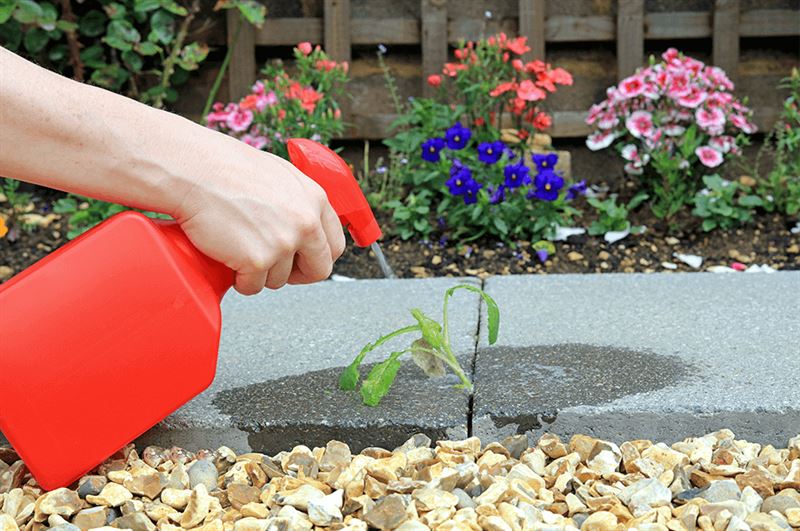 1. Vinegar
1. Vinegar
One way to kill weeds is simply to douse them with this common household staple. Specifically, it’s the content of acetic acid in vinegar that acts as a natural weed killer; therefore, the higher the concentration, the more effective it will be! Regular vinegar has about 5% acetic acid and will work well on weeds that are just starting to grow, but stronger vinegars, such as pickling vinegar, consist of about 9% acetic acid and will do well against more stubborn weeds. Ants are specifically known to dislike the scent of vinegar, so if you find yourself dealing with an ant problem, vinegar is an easy fix. Not only is using vinegar as a weed killer or ant deterrent natural and eco-safe, but it is also an inexpensive solution as well.
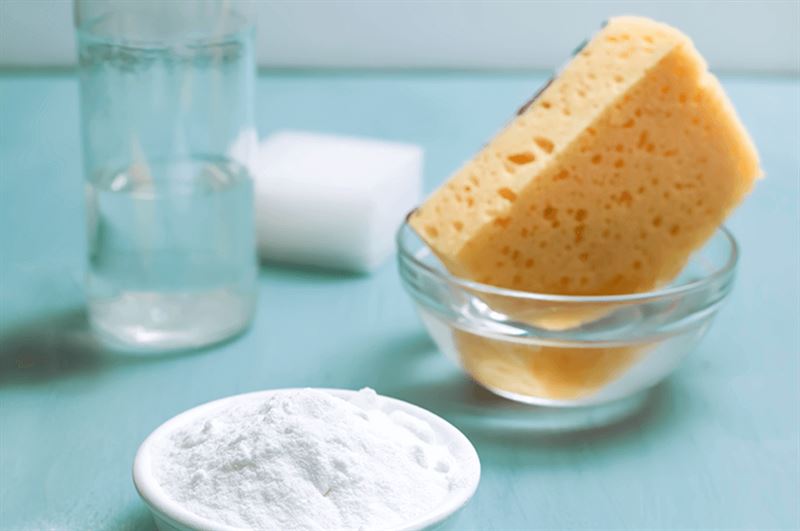 2. Salt and Water
2. Salt and Water
Another simple, eco-safe weed killer is adding 1 part table salt to 2 parts water in a spray bottle and spritzing the weeds. While this is effective, it’s also important to know that adding a lot of salt to your soil can result in, well, nothing growing there at all. We only recommend using this method in areas such as sidewalk cracks, driveways, beneath decks, and around the foundation of your house — anywhere that you are okay with removing anything that may grow, including grass.
Common garden pests that are deterred by a saltwater solution include slugs, snails, and also ants. Again, this is a natural, eco-safe weed and pest killing method that is also extremely cost-effective!
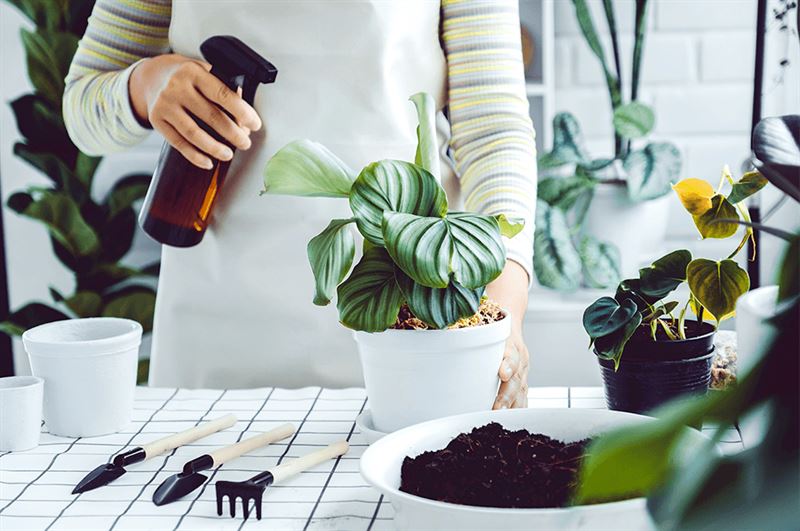
3. Dish Soap and Water
Killing insect pests can actually be as simple as using a dish soap that doesn’t contain bleach and adding a squirt to a spray bottle of water. Dish soap has been known to impact harmful garden pests, such as aphids, spider mites, and whiteflies by suffocating them. Do keep in mind that if you’re spraying your plants with this solution, then they too may suffer if the soap is allowed to build up on the foliage. Spritz the foliage with this solution to remove lingering bugs, but be careful not to soak the surrounding soil—this will compromise the soil and much-needed nutrients that plants require to stay healthy. As effective as it can be at reducing pests, the dish soap and water method is best done cautiously, and it’s important to carefully read the ingredients labels on dish soaps before using them.
4. Boiling Water
Perhaps the least expensive method possible, not to mention the most eco-safe, boiling a pot or kettle of water and pouring it onto the patch of weeds is as simple as it gets! Essentially, the water will boil the weeds to death, seeping right down to the roots. However, you will need to pull the dead weeds out by hand in order to be completely rid of them.
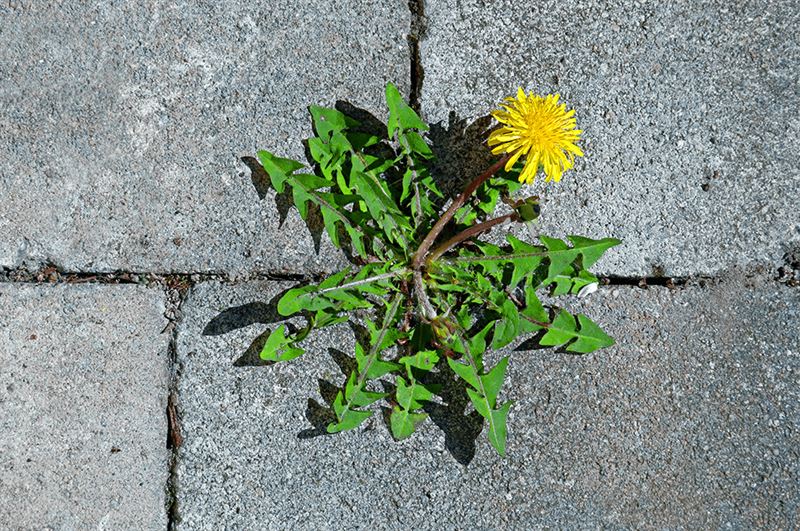 5. Solarization
5. Solarization
If you want to kill off a large area of weeds and do so without much effort or chemicals, then solarization may be your best option. The trade-off is time. Solarization works by utilizing the sun's radiant heat to suffocate and sterilize the top layer of the soil under plastic. In order to do this all you need to do is stretch a clear plastic tarp over the area of weeds to be killed and secure so that it stays in place for about two months during the summer. It is beneficial to mow the weeds to a short length first which will require less energy to die off than taller weeds.
6. Flame weeding
Yes, you get to use a torch, but no, it is not completely risk-free. Flame weeding works by applying heat to unwanted plants causing their cells to rupture and the plant then dies. A torch that attaches to a small propane tank is used to briefly pass over the weed, which will turn a darker green and wilt, rather than look burned or charred. Most broadleaf weeds respond well to this method, but some grasses will not be affected because they have a sheath, a characteristic of the leaf blade that protects their new growth. Do use caution while using this weeding method, it is best done when wind is minimal.
Now that you have learned about some of the most eco-safe weed killers, feel free to experiment with any of the above methods, but don’t forget to use mulch to prevent more weeds from sprouting. These gentler gardening practices will benefit your yard, and your plants, in the long run!

